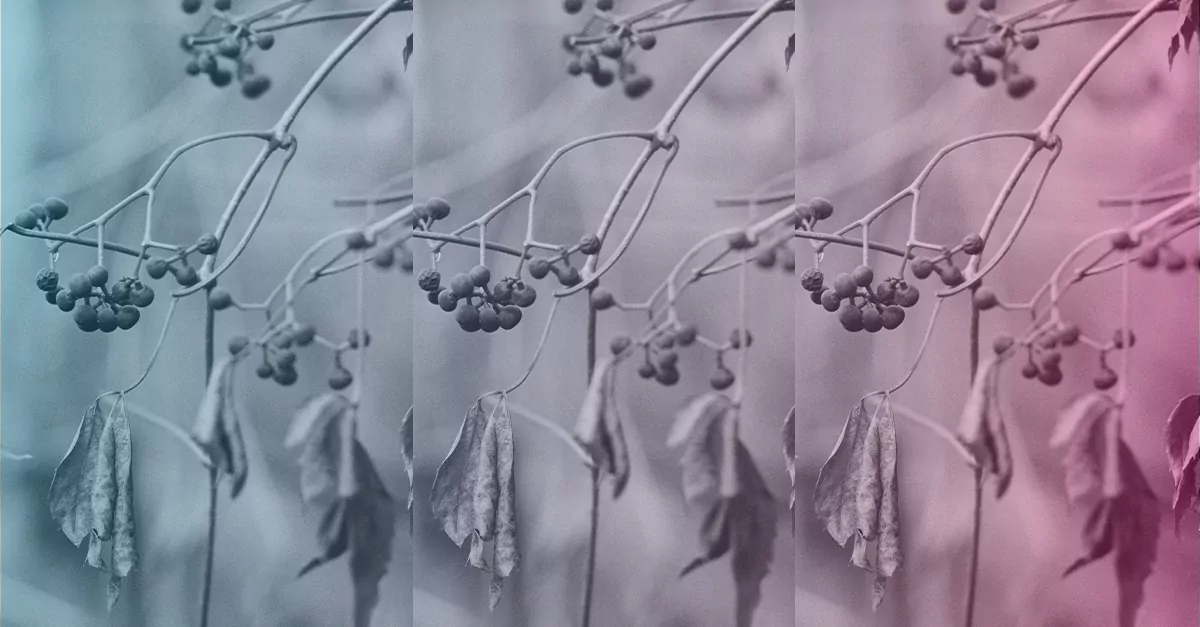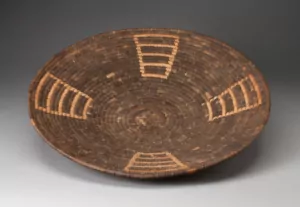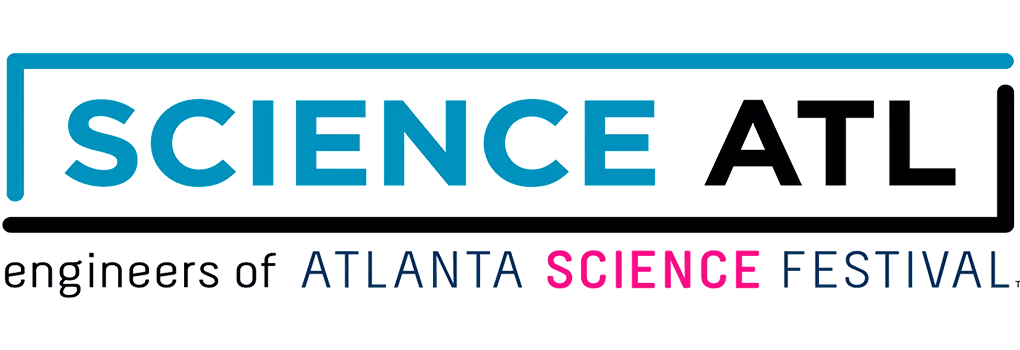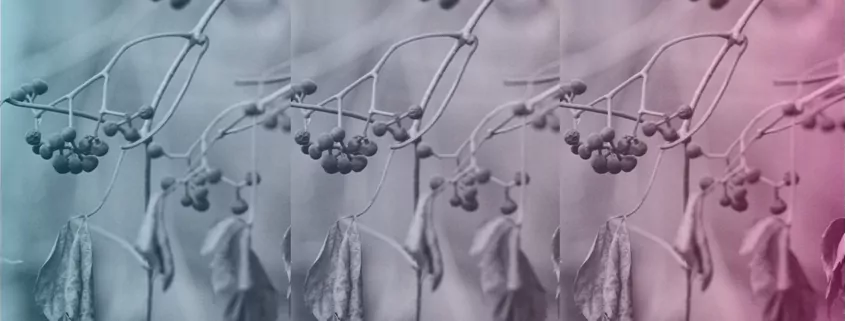Native Knowledge and Next Steps in Science: Despite barriers, Native American science is crucial to greater understanding

November has been recognized as Native American Heritage Month since 1990, but through rich and unique iterations of the scientific method, sacred knowledge-sharing, and much more, Native scientists have been advancing human understanding of how our world works for centuries prior.
More Alike Than Different
Linda Black Elk, a Science Educator and Ethnobotanist at Sitting Bull Tribal College in Fort Yates, ND, beautifully summarizes the guiding principles of Native science in her article “Native Science: Understanding and Respecting Other Ways of Thinking”.
“Many researchers are reluctant to consider the contributions of Native science because they do not understand the methodology behind it,” she writes. “However, Native science has at its foundation the very same scientific method that we, as researchers trained in the Western world, all hold so near and dear.”
Both Native and academic scientific methods begin with observation. Observing the natural world is central to Indigenous peoples’ existing in and gaining an understanding of it. While much early literature suggested that Native Americans learned everything by trial and error, Black Elk explains that it was more likely long-term observation and analysis that would guide a community’s decisions.
For example, while historians may have once guessed that Native Americans tested whether a berry was edible by trial and error, forcing individuals to eat it and see what happens, Black Elk suggests that they instead employed observation (Have other people eaten this berry? What happens to animals who eat this berry?), research (Who else knows about this berry? What can they share?), and experimentation (How do I feel when I touch this berry?) – steps not dissimilar from the more modern scientific method today’s scientists are familiar with.
Embedded in the Native scientific method are research-gathering techniques that, while foreign to some, are no less meaningful to those who employ them. Dreams and visions, for instance, are effective tools to receive knowledge in indigenous groups all over the world. Even Western science supports the idea that human minds can operate and process things differently when asleep or in ceremony. Many of the ideas gathered by Native science are skillfully organized not in written formal reports or studies, but rather through stories, songs, and ceremonies shared over time.

Photo by the Art Institute of Chicago.
Gift of the family of Rene d’Harnoncourt in memory of Malcolm Collier and Leslie Denman.
Black Elk explores another key difference between Western science and Indigenous learning – the latter is driven by a holistic, participatory involvement in the natural world. In Native science, there is no such thing as objectivity – in fact, Indigenous scientists see themselves as active participants rather than passive observers in what’s happening around them.
A Closed Lab
Despite this powerful perspective on science and our role within understanding it, Native Americans were historically kept from Western scientific circles. Poor infrastructure, high unemployment levels, prejudice, and of course the impacts of decades of horrifying, assimilationist oppression prevented Native Americans from entering the scientific community of years past.
Today, Native scientists often face the same social, governmental, and economic barriers, as well as an internal mistrust of governmental and educational institutions, poor health (both of individual Indigenous persons and their larger community), and conflict between and within Native groups. These reasons, paired with the inherent differences in approach between Western scientific education – in which educators often suggest there is only one prescribed, correct scientific method – and Native science – in which science is a circular, holistic way to understand and exist with the world around us – can create even more struggles.
“Native science strives for holism in theory and in practice, so it is almost impossible to discuss botany without also discussing zoology, soil science, or climate science,” writes Black Elk. “Ecological fields of study are closely related, and problems are solved with a consideration of the big picture.”
Native Scientists at Work
Perhaps this is why Native scientists have established themselves in a diverse number of crucial fields. Susan La Flesche Picotte, for example, born on the Omaha reservation in 1865, went on to become the first Native American woman to receive a medical degree and later opened the first non-government funded reservation hospital in Walthill, NE.
Born in 1932, Fred Begay, also known as Clever Fox, was the first Navajo to earn a Ph.D. in Physics. Until his death in 2013, Begay maintained that his Navajo culture equipped him with the abstract thinking skills he relied on throughout his career, which included research on thermonuclear fusion as a potential clean, unlimited source of energy.
Aaron Yazzie is a mechanical engineer at the NASA Jet Propulsion Laboratory in Pasadena, CA, where he designs systems for robotic research missions in space. Born on the Navajo Reservation in Tuba City, AZ, Yazzie has been awarded for promoting inclusion in and excitement for science and education among Indigenous communities.
Picotte, Begay, and Yazzie are just a few of the countless scientists from Native communities that have carved a path for future STEM professionals. Today, organizations like the American Indian Science and Engineering Society are fighting for Native people to be capable, successful, respected members of the science community. Scholarships like the American Indian College Fund have helped break down economic barriers by providing more than 153,890 scholarships to Native American students since 1989.
From Now On
In 2017, we saw firsthand the implications of ignoring Native scientists and their understanding of our world. The Lakota people of South Dakota fought vehemently against construction of the Keystone Pipeline, citing generational knowledge that a black snake would destroy the land as evidence to support rerouting the pipeline. Later that year, it leaked multiple times, with one instance resulting in 210,000 gallons flowing out into the surrounding environment.
It is our hope and responsibility as scientists to respect the learnings of Native American people while seeking to understand the skill with which they were obtained. Native science, in both the past and present, is more than a lens with which to view the world. It is a framework for knowledge, a wealth of intelligence, and a path forward.




